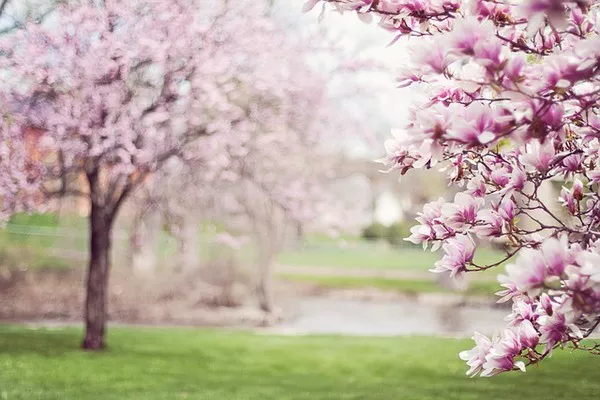Flowers are nature’s masterpiece, captivating us with their vibrant colors, delicate petals, and enchanting fragrances. Whether adorning our gardens or gracing our indoor spaces, flowers bring joy and beauty into our lives. To help these botanical treasures thrive and flourish, providing them with proper nourishment is crucial. Flower food plays a vital role in maintaining the health and longevity of cut flowers. In this article, we will explore the importance of flower food, its composition, and various natural and commercial sources available for optimal flower nutrition.
1.Understanding Flower Food
Flower food, also known as floral preservative, is a blend of nutrients, biocides, and pH regulators that helps cut flowers stay fresh and vibrant for an extended period. The primary purpose of flower food is to mimic the natural environment that flowers require to thrive, both in the wild and in cut arrangements. It provides essential nourishment, controls bacteria growth, and adjusts the pH level of the water to maintain the flower’s health.
2.Essential Components of Flower Food
Flower food typically consists of three main components:
a) Carbohydrates:
Sugars such as sucrose provide energy for flower development and support stem respiration. They also act as antimicrobial agents by inhibiting bacterial growth.
b) Biocides:
These substances help prevent microbial contamination, which can lead to the clogging of water-conducting vessels in the stem. Biocides such as bactericides and fungicides keep the water clean and free from harmful microorganisms.
c) Acidifiers:
Acidifiers lower the water’s pH level, promoting better water uptake and nutrient absorption by the flowers. Common acidifiers include citric acid, phosphoric acid, and vinegar.
3.Natural Sources of Flower Food
For those who prefer a natural approach to flower care, several household ingredients can serve as effective flower food alternatives:
a) Sugar:
A simple solution of sugar and water can provide the necessary carbohydrates for cut flowers. Mix one tablespoon of sugar with two tablespoons of lemon juice or vinegar in a quart of warm water.
b) Aspirin:
Crushing an aspirin tablet and adding it to the vase water can help lower the pH level and prevent bacterial growth. Aspirin also contains salicylates that act as a mild biocide.
c) Apple Cider Vinegar:
Rich in nutrients and acids, apple cider vinegar helps maintain the water’s pH balance and inhibits bacterial growth. Add two tablespoons of vinegar per quart of water.
d) Vodka:
Adding a few drops of vodka to the vase water can discourage bacterial growth without harming the flowers. Vodka acts as an antimicrobial agent while extending the life of the blooms.
Commercial Flower Food Products
Commercial flower food products offer a convenient and scientifically formulated solution for enhancing the longevity and vibrancy of cut flowers. These products are readily available at florist shops, garden centers, and online retailers. Here are some popular options:
a) Powder Packets:
Powdered flower food packets contain a balanced blend of nutrients, biocides, and acidifiers. Simply dissolve the packet’s contents in water according to the instructions provided, and use this solution to nourish your cut flowers.
b) Liquid Concentrates:
Liquid flower food concentrates offer a concentrated formula that can be diluted with water. They provide essential nutrients, biocides, and pH regulators to keep your flowers healthy and fresh.
c) Floral Foam:
Floral foam is a specialized medium used in floral arrangements. It not only provides support to the stems but also retains moisture and releases essential nutrients to keep the flowers hydrated and nourished.
d) Flower Food Spray:
Flower food sprays are convenient for reviving wilted flowers or hydrating floral foam. These sprays contain nutrients and moisture-attracting compounds that help rejuvenate cut flowers.
Conclusion
Proper flower nutrition is essential to ensure the longevity and beauty of cut flowers. Whether you choose natural alternatives from your pantry or opt for commercial flower food products, providing the necessary nutrients, biocides, and pH regulation will significantly enhance the lifespan and vibrancy of your floral arrangements. Experiment with different options and observe the results to find the best flower food solution that suits your needs. Remember, a well-nourished flower is a happy flower, bringing delight and charm to any setting.


